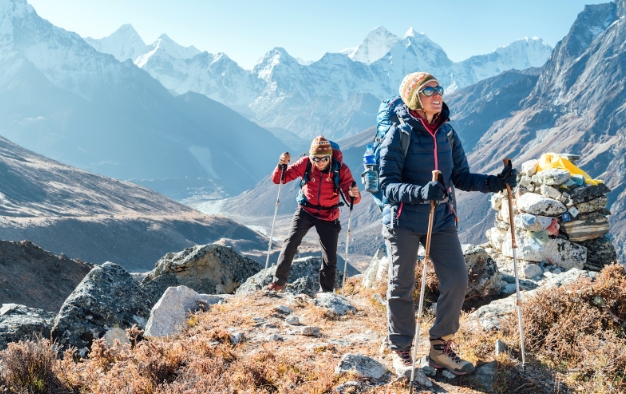Sustainable Himalayan trekking is on the rise, with more and more adventurers seeking eco-friendly and responsible ways to explore the breathtaking landscapes of the region.
Preserving the environment
Himalayan trekking companies are increasingly focused on minimizing their impact on the environment, implementing practices such as using biodegradable waste bags, promoting responsible waste disposal, and encouraging guests to bring reusable water bottles.
Supporting local communities
One of the key principles of sustainable trekking in the Himalayas is supporting local communities. Many trekking companies work closely with local guides, porters, and guesthouses to ensure that the economic benefits of tourism are shared with those who live in the region.
Protecting cultural heritage
Another important aspect of sustainable trekking in the Himalayas is respecting and protecting the cultural heritage of the local communities. Trekking companies often work with local experts to ensure that trekkers learn about the history, traditions, and customs of the region in a respectful and responsible way.
Promoting responsible tourism
Sustainable trekking in the Himalayas also involves promoting responsible tourism practices, such as staying on designated trails, respecting wildlife and flora, and minimizing the use of single-use plastics. By educating trekkers about the importance of these practices, Himalayan trekking companies are helping to preserve the region for future generations.
Blazing a path for the future
As the popularity of sustainable Himalayan trekking continues to grow, it is paving the way for a more responsible and eco-friendly approach to adventure travel. By prioritizing environmental protection, supporting local communities, preserving cultural heritage, and promoting responsible tourism practices, Himalayan trekking companies are setting a positive example for the rest of the travel industry to follow.
